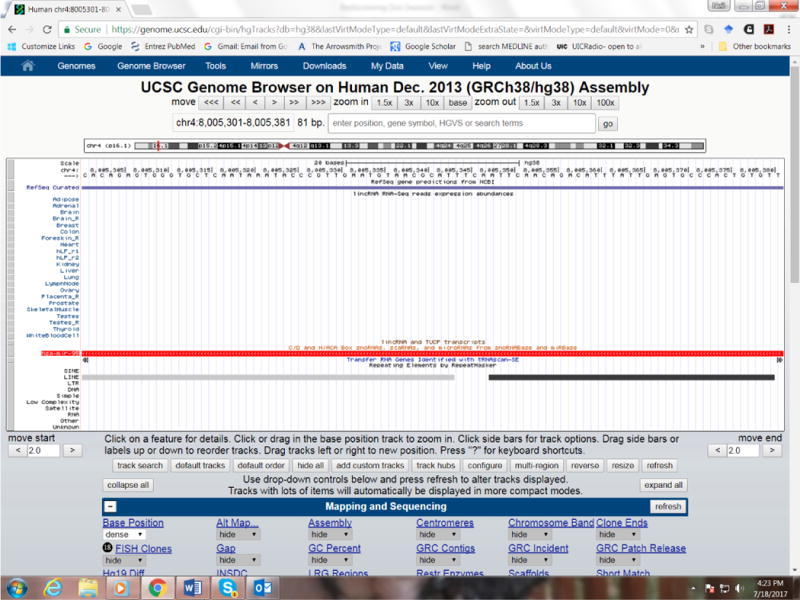Figure 2. Screenshot of UCSC Genome Browser showing the sequence for human mir-95 juxtaposed to tracks for genomic repeats.

The genomic region of the mir-95 sequence corresponds to two LINE2 elements in opposite orientations. This provides evidence that, when transcribed into RNA, these LINE2 elements bind each other, creating the hairpin secondary structure that permits the processing of this sequence by enzymes (Drosha and Dicer) to form a microRNA (Smalheiser and Torvik, 2005).
